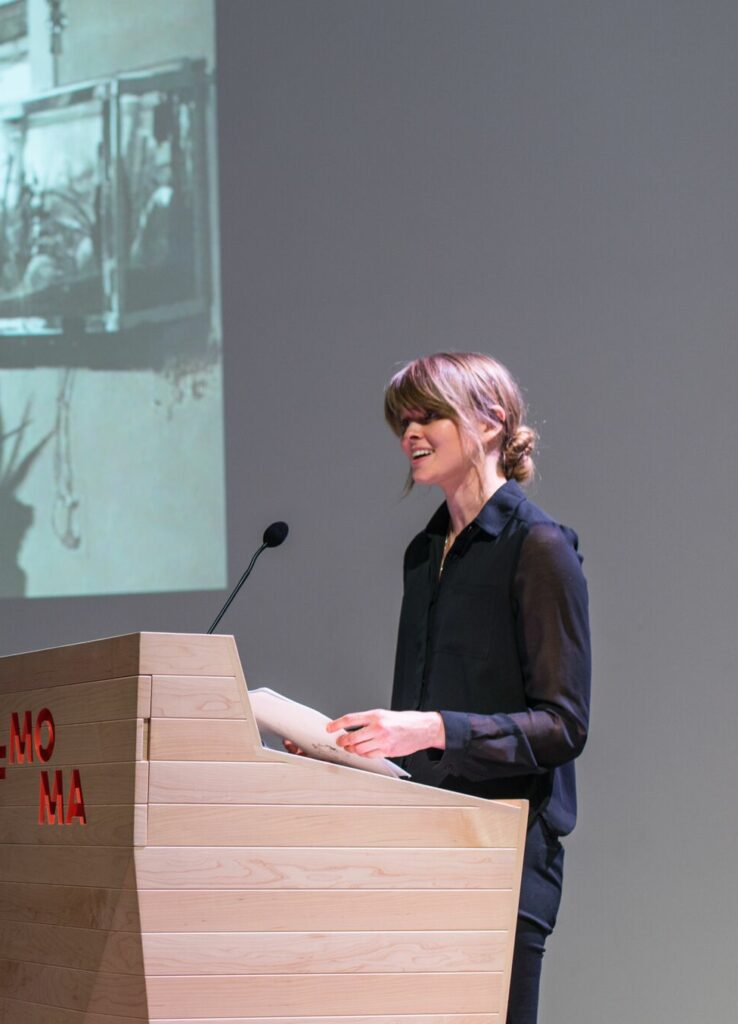
Dr. Kiersten Thamm is an art historian based in Berlin.
Dr. Thamm is dedicated to protecting cultural history and expanding access to knowledge. As the head of communications and education at the arts nonprofit Navigating.art, she helps researchers understand digital tech to do just that.
In her academic practice, she researches the manufacturing, use, and interpretation of art and design in Europe and the US after 1851, focusing on the politics and politicization of modern materials.
You can also find her teaching at the Berlinische Galerie and the KW Institute for Contemporary Art on the weekends.
Recent popular articles
A technical glossary for art researchers
Navigating.art | Creating a digital catalogue raisonné requires researchers to understand a wide range of digital tools, concepts, and processes. This knowledge is full of acronyms, minor variations, and interconnectedness — all of which can create confusion and communication challenges. This glossary offers short definitions of common terms so that researchers can better understand and make use of the digital landscape.
Misunderstanding Objects in an Imagined Future
On_Culture | The location and presentation of an object establish layered narratives about the object, which habit and familiarity protect.
This project replaces an object’s expected context with an imagined future full of confusion and curiosity. Through a photo essay and a fictitious research journal, it describes a likely environmental scenario in 2200 and imagines a researcher discovering a bag of objects in the wilderness.
Practicing Utopia: The Mensch Meier Collective
Platform | Walking into the Mensch Meier with the lights turned on rarely occurs. Although a proper night of dancing at any techno club in Berlin continues past sunrise, the Mensch Meier’s labyrinthine interior remains dark as long as the base notes are roaring and the people are spinning. During these long nights, visitors might catch a glimpse of a few shoes, a cuckoo clock, or a photo collage hanging on the club’s intensely decorated walls, but the darkness and the proximity of people preclude extended observation.